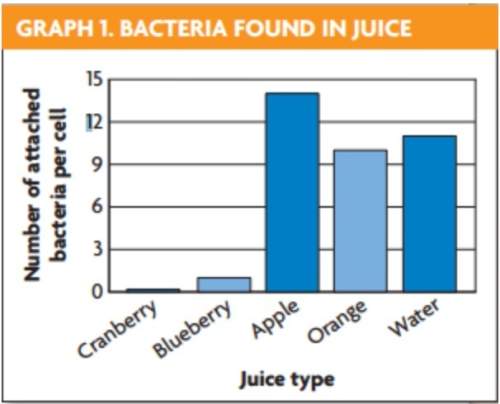
Biology, 29.06.2019 19:20 jessicahanshew99
Over the years, scientists have collected the following data about cell membranes (listed in chronological order). lipid soluble substances enter cells faster than water soluble substances (lipids are nonpolar). lipids are unstable in water because they repel water (think of oil in water). if you don’t have a mental picture, take some drops of oil and put them in a glass of water at home and see for yourself what happens. from the chemical analysis of cell membranes, it was discovered that cell membranes are composed of phospholipids. phospholipids have a polar (attracted to water) head and 2 nonpolar (repels water) tails polar head nonpolar tails when phospholipids are put in water, could you think of a way that they might arrange themselves so that like is near like (i. e. polar is near polar, and nonpolar is near nonpolar). sketch your arrangement and then provide a justification. read about cell membranes on the topics page links or chapter 7 section 2 (cell boundaries) in your text and modify your diagram if necessary. when we saw plant cells placed in high concentrations of salt, what did you observe about the responses of the cell wall and the cell membrane? how were they similar and how were they different? be specific.

Answers: 2
Another question on Biology


Biology, 22.06.2019 00:00
Theories basic to all of the life sciences include the germ theory of disease. theory of evolution by natural selection. o two of these answers are correct none of these answers are correct o cell theory.
Answers: 1

Biology, 22.06.2019 01:20
Consider the model of the oxygen cycle on earth. the majority of earth's oxygen reservoirs are found in the a) atmosphere. b) biosphere. c) hydrosphere. d) lithosphere.
Answers: 1

Biology, 22.06.2019 02:30
Drag each tile to the correct box. arrange the phases of mitosis in the correct order. 1 (condensation of chromosomes) 2 (separation of chromosomes) 3 (formation of spindle fibers) 4 (alignment of chromosomes in the center of the cell) 5 (pinching of the cell membrane)
Answers: 2
You know the right answer?
Over the years, scientists have collected the following data about cell membranes (listed in chronol...
Questions

Social Studies, 18.02.2021 20:30


Mathematics, 18.02.2021 20:30

Health, 18.02.2021 20:30

Mathematics, 18.02.2021 20:30

Mathematics, 18.02.2021 20:30

Biology, 18.02.2021 20:30

Mathematics, 18.02.2021 20:30

Mathematics, 18.02.2021 20:30

History, 18.02.2021 20:30

Mathematics, 18.02.2021 20:30


Physics, 18.02.2021 20:30

Biology, 18.02.2021 20:30

Mathematics, 18.02.2021 20:30





Chemistry, 18.02.2021 20:30




